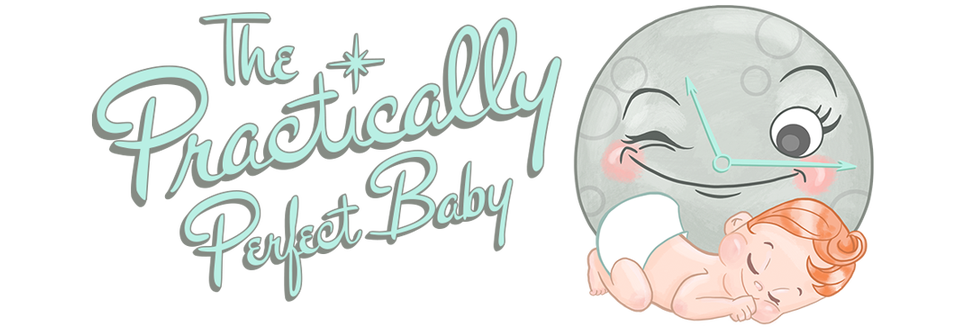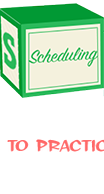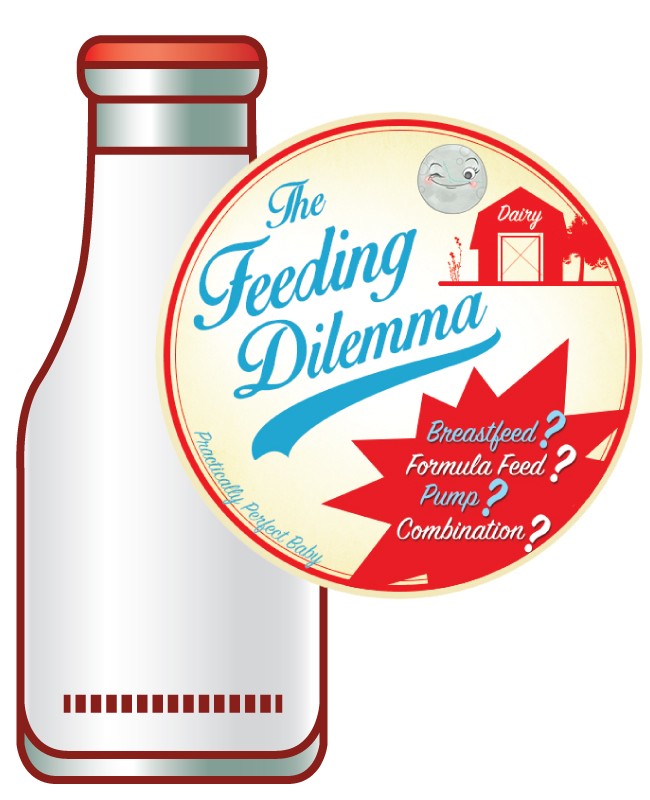How Will You Feed Your Baby?
How will you feed your baby?
You’re going to have to choose a method (or a combination) of delivering food to your baby and sometimes it can be quite a difficult choice. There’s an amazing amount of pressure out there about which technique is best for babies and you can also face that pressure from your spouse, family members, friends, and/or healthcare professionals. The pressure nowadays is that “breast is best,” but not that long ago it was to formula feed — so you can see the pendulum probably will always be swinging back and forth. All we can say is that whatever method you adopt will become highly personal to you and even though you’ll likely be asked to, you shouldn’t feel you have to defend your decision – whatever it is — to anyone, ever.
We have detailed Feeding Method posts breaking down each one here: Breastfeeding, Formula Feeding, Combination Method Feeding
Just start out with what feels right for you and your family but keep an open mind once your baby is actually in your arms. Give yourself the option to change your mind, depending on how you feel then. Remind others not to pressure you to do what they want you to do – it’s not their baby, so it’s not their choice. And please remind yourself of this when you want to influence or judge others in their choices too. There’s no greater judgment in the world than mothers of other mothers, so try to remember the golden rule and that new parents, just like you, are doing what they think is the very best for their baby. Parent-shaming of any kind shouldn’t be tolerated by you and won’t be tolerated by Practically Perfect Baby!
Scheduled Feedings:
To make it as straightforward as possible, all of our schedules for year one are based on amounts of ounces of formula and water in a bottle. But you can easily adapt them to formula plus pumped breast milk. And you can guesstimate how many minutes to breastfeed per side to achieve the amounts of formula in ounces.
Of course, breastfeeding is less exact because you don’t know with complete accuracy how many ounces your baby is receiving at a feeding. However, plenty of moms who schedule feedings, breastfeed. You will likely get an earful from breastfeeding advocates that babies should only be fed on demand. We disagree! Our schedules for newborns aren’t meant to be completely rigid or inflexible. They’re meant to totally help a breastfeeding mom’s milk production, a baby’s metabolism regulation, and a baby’s body clock setting. By establishing the feeding schedule for every 2 1/2 hours (equaling a total of 10 round-the-clock feedings in 24 hours for the first three weeks), a breastfeeding mom is not letting her baby go hungry or decreasing her milk supply. And she can always adjust the schedules to every 2 hours (or every 1 hour and a 1/2), if she needs or wants to. What’s most important is that you’re feeding your baby on a scheduled-basis, so that when he cries you can eliminate the idea that he’s hungry because you know he’s received an adequate feeding earlier – in other words, the problem is most likely something other than hunger. And you want to wake the baby for his feedings (yes, wake the baby up to feed him!) and do your best to establish the rhythm of feeding, playing, then napping — in that order.
No matter what method of feeding by which you choose to deliver food to your baby, we have no doubt that if you choose to use our schedules you will be highly successful!
Related Posts: Breastfeeding, Formula Feeding, Combination Method Feeding, Schedule: Birth-3 Weeks, A Scheduling Log, Playtime Activities, Crying Facts














